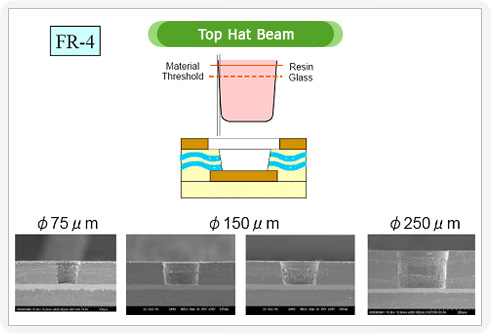


The truth table is shown for the data set shown in Figure S4, comparing true versus predicted labels for the two methods. Truth table for hepatocyte/fibroblast identity, using manually annotated ground truth. (Debris data not shown because the counts are small see Figure S5.)įigure S5. For fibroblasts, the recall increased from 0.94 to 0.98 (old to new). (B) For hepatocytes, the recall increased from 0.64 to 0.70 (old to new).

For fibroblasts, the precision increased from 0.85 to 0.86 (old to new). (A) For hepatocytes, the precision increased from 0.84 to 0.94 (old to new). The labels from the old and new methods were compared against this ground truth. 1414 fibroblasts, hepatocytes, and debris/other objects were manually labeled in 5 random images not in either training set (981 fib, 408 hep, 25 debris/other). Precision and recall for hepatocyte/fibroblast identity, using manually annotated ground truth. The lack of a right tail in (D) reflects a smaller threshold for hepatocyte segmentation in the new method.įigure S4. (C) and (D) Hepatocytes show a single integrated peak, indicating lack of cell proliferation, as expected. (A) and (B) Fibroblasts show distinct 2N and 4N peaks in integrated intensity, and have similar intensity between old and new methods. DNA content (integrated intensity of DNA stain in the nucleus) across conditions. All data are shown for the whole plate and not restricted to the highest and lowest hepatocyte count wells.įigure S3. Importantly, however, we note that the size differences shown are very sensitive to user-adjustable thresholding parameters which differ between the two methods, and these were not tuned to be the same in other words, this difference in size could likely be eliminated through adjustment of parameters, if desired. (E) Data from (A–D) are displayed as boxplots to better compare the median values. (C) and (D) Hepatocyte nuclei median diameter was also different between the old and new methods (median diameter old and new method = 16.2 and 13.9 pixels, respectively Wilcoxon rank sum test, p<10 −9). (A) and (B) Fibroblast nuclei median diameter was slightly different between the old and new methods (median diameter old and new method = 22.7 and 22.0 pixels, respectively Wilcoxon rank sum test, p<10 −9). (B) The new workflow also displays no separation between the low and high density hepatocyte conditions (Z’-factor = −6.44, p-value=0.20).įigure S2. (A) The previous workflow displays no separation between the low and high density hepatocyte conditions (Z’-factor = −12.39, p-value=0.43). Boxplots comparing average fibroblast counts per field of view for the low and high density hepatocyte conditions, both with the same amount of fibroblasts seeded. Fibroblast counts are similar in all conditions. This streamlined and accurate workflow can be carried out using freely available and open source software.
#Tophat method cellprofiler software
Pixel-based machine learning (using the software ilastik) is used to seed segmentation of each cell type individually (using the software CellProfiler). Here, we present an improved approach that more accurately identifies both cell types. While this approach was successful in counting hepatocytes for primary screening, segmentation of the fibroblast nuclei was less accurate. We previously analyzed co-cultured primary human hepatocytes and mouse fibroblasts in a high-throughput image-based chemical screen, using a combination of segmentation, measurement, and subsequent machine learning to score each cell as hepatocyte or fibroblast. Having two cell types co-exist in culture, however, poses several challenges, including difficulties distinguishing the two populations during analysis using automated image analysis algorithms. Co-cultures are often required for cell survival or proliferation, or to maintain physiological functioning in vitro. Biologists increasingly use co-culture systems in which two or more cell types are grown in cell culture together in order to better model cells' native microenvironments.


 0 kommentar(er)
0 kommentar(er)
